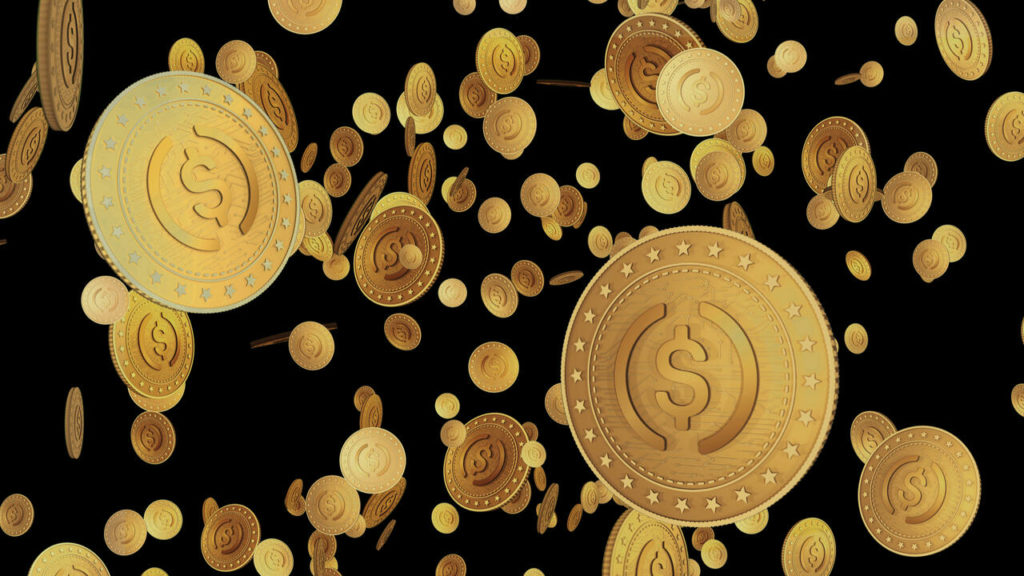Growth of stablecoins has continued through 2021 “despite concerns about regulatory compliance, quality and sufficiency of reserve assets, and standards of risk management and governance”, the global organisation, created by the G20 in 2009, wrote.
Stablecoins are cryptocurrencies for which the price practically never varies, as they are indexed using a base reference such as the US dollar.
Essentially, investors in Bitcoin and Ethereum avoid yo-yoing prices by exchanging their currencies into Tethers, USD coins or binance USD – all types of stablecoin – in order to know the exact dollar-value of their portfolio.
To guarantee their value, creators of “stable” cryptocurrencies must always keep the same amount of dollars in reserve as the number of stablecoins in circulation.
This means that “today’s tethers have a market value similar to that of a bank”, said Boy.
“The questions being asked are how to be sure that really have the necessary reserves and whether Tether is about to fail,” said Boy.
The growing stature of stablecoins is one of the main signs of the “democratisation of investments in cryptocurrency”, said Boy.
It follows that it is no longer just insiders that own Tethers and other stablecoins, “but also traditional investment funds, businesses and even banks”, said Janson.
For now, the risk is relative.
As long as stablecoin creators have sufficient reserves, there is no risk of failure.
Currently the FSB must take promises from these stablecoin creators at face value as audits on their reserves – when they are done – are not necessarily carried out by leading organisations or according to international standards.
However, stablecoins have made some efforts towards transparency.
In the era of subprime mortgages, when the market came to understand that the financial products offered by Lehman Brothers and others partially relied on valueless assets, no one wated to touch them anymore, plunging the banks into deep financial crisis.
What would happen if the same scenario were to happen with stablecoins that are not 100% transparent about their reserves? “For example, some stablecoins may be tied to debt from Evergrand , as has been suggested for Tether.
But for Janson, such measures would go too far.
